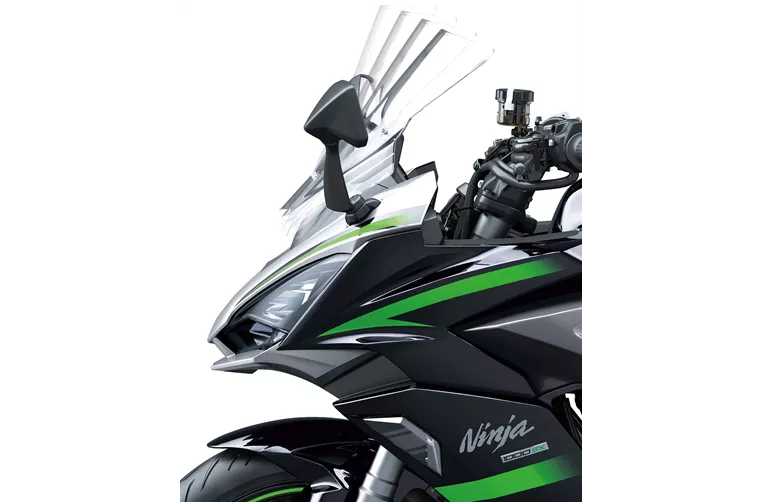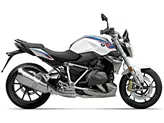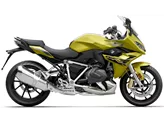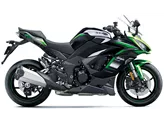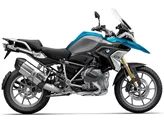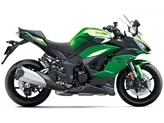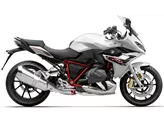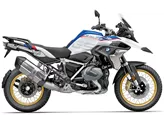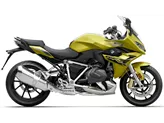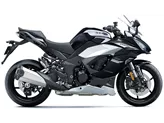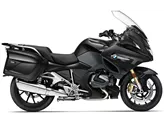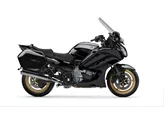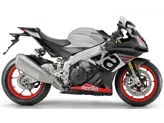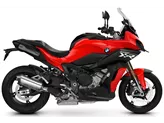BMW R 1250 RS 2019 vs. Kawasaki Ninja 1000SX 2020

BMW R 1250 RS 2019
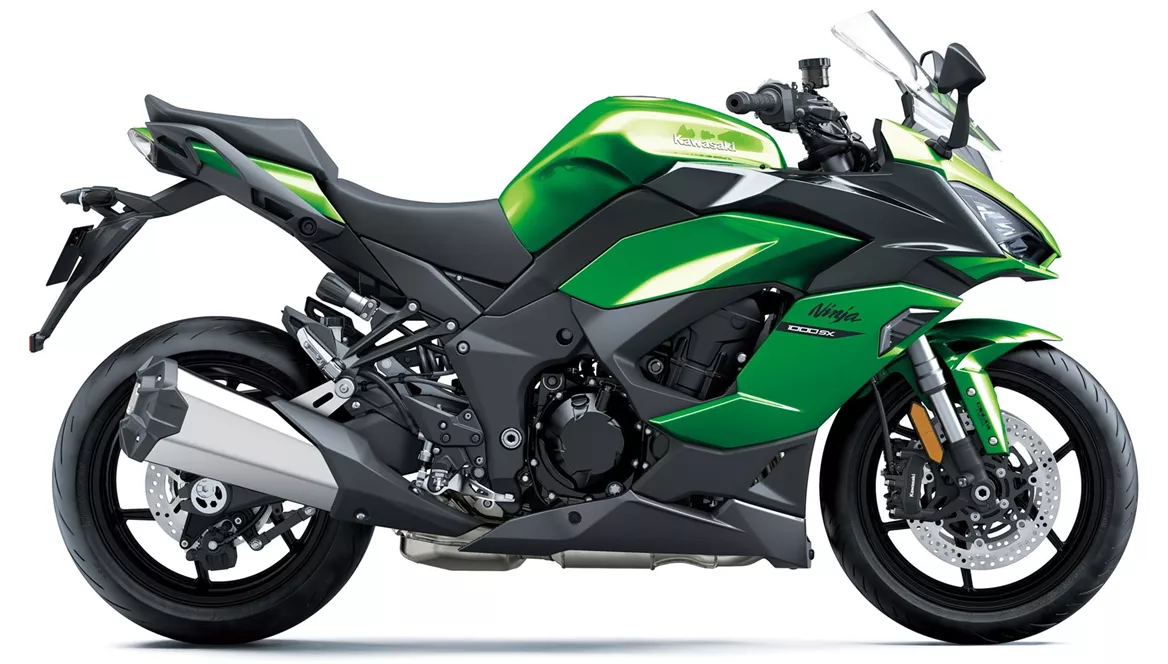
Kawasaki Ninja 1000SX 2020
Overview - BMW R 1250 RS 2019 vs Kawasaki Ninja 1000SX 2020
The BMW R 1250 RS 2019 is equipped with a Boxer engine that delivers 136 horsepower and 143 Nm of torque. Its transmission is a prop shaft, and it has a 4-stroke, 2-cylinder engine with a displacement of 1254 ccm. The front suspension consists of an upside-down telescopic fork with a travel of 140 mm, while the rear suspension features a single swing arm with a monoshock and a travel of 140 mm. The frame is made of steel, and the front brakes are double disk with a diameter of 320 mm and radial technology. The bike also comes with advanced rider assistance systems such as ABS, anti-slipping control, riding modes, and ride by wire. It has a front tire width of 120 mm and a diameter of 17 inches, and a rear tire width of 180 mm and a diameter of 17 inches. The wheelbase is 1530 mm, and the seat height is 820 mm. The bike has a kerb weight of 243 kg and a fuel tank capacity of 18 liters. Additional equipment includes LED headlights.
On the other hand, the Kawasaki Ninja 1000SX 2020 is equipped with an in-line engine that delivers 142 horsepower and 111 Nm of torque. Its transmission is a chain, and it has a 4-stroke, 4-cylinder engine with a displacement of 1043 ccm. The front suspension consists of an upside-down telescopic fork with a travel of 120 mm, while the rear suspension features a swing arm with a monoshock and a travel of 144 mm. The frame is made of aluminum, and the front brakes are double disk with a diameter of 300 mm and radial, monoblock, petal technology. The bike also comes with advanced rider assistance systems such as ABS, riding modes, cornering ABS, ride by wire, quickshifter, and traction control. It has a front tire width of 120 mm and a diameter of 17 inches, and a rear tire width of 190 mm and a diameter of 17 inches. The wheelbase is 1440 mm, and the seat height is 834.98 mm. The bike has a kerb weight of 235 kg and a fuel tank capacity of 19 liters. Additional equipment includes LED daytime running lights, LED headlights, TFT display, and an adjustable windscreen.

BMW R 1250 RS 2019
In terms of strengths, the BMW R 1250 RS 2019 offers precise and stable handling, thanks to its modern look and agile, high-revving boxer engine. Its seating position is suitable for touring, and it comes with ABS and traction control as standard. The bike also offers selectable riding modes, a color TFT display, and LED headlights. Additionally, it has an extensive accessories list, allowing riders to customize their bike to their preferences.
On the other hand, the Kawasaki Ninja 1000SX 2020 has a refined and powerful engine, providing a balanced handling experience. Its chassis offers a comfortable ride, and the seating position is sufficiently comfortable for long rides. The bike has a modern look and is equipped with good brakes and LED lights all around. It also features a color TFT display and comes with cruise control as standard.
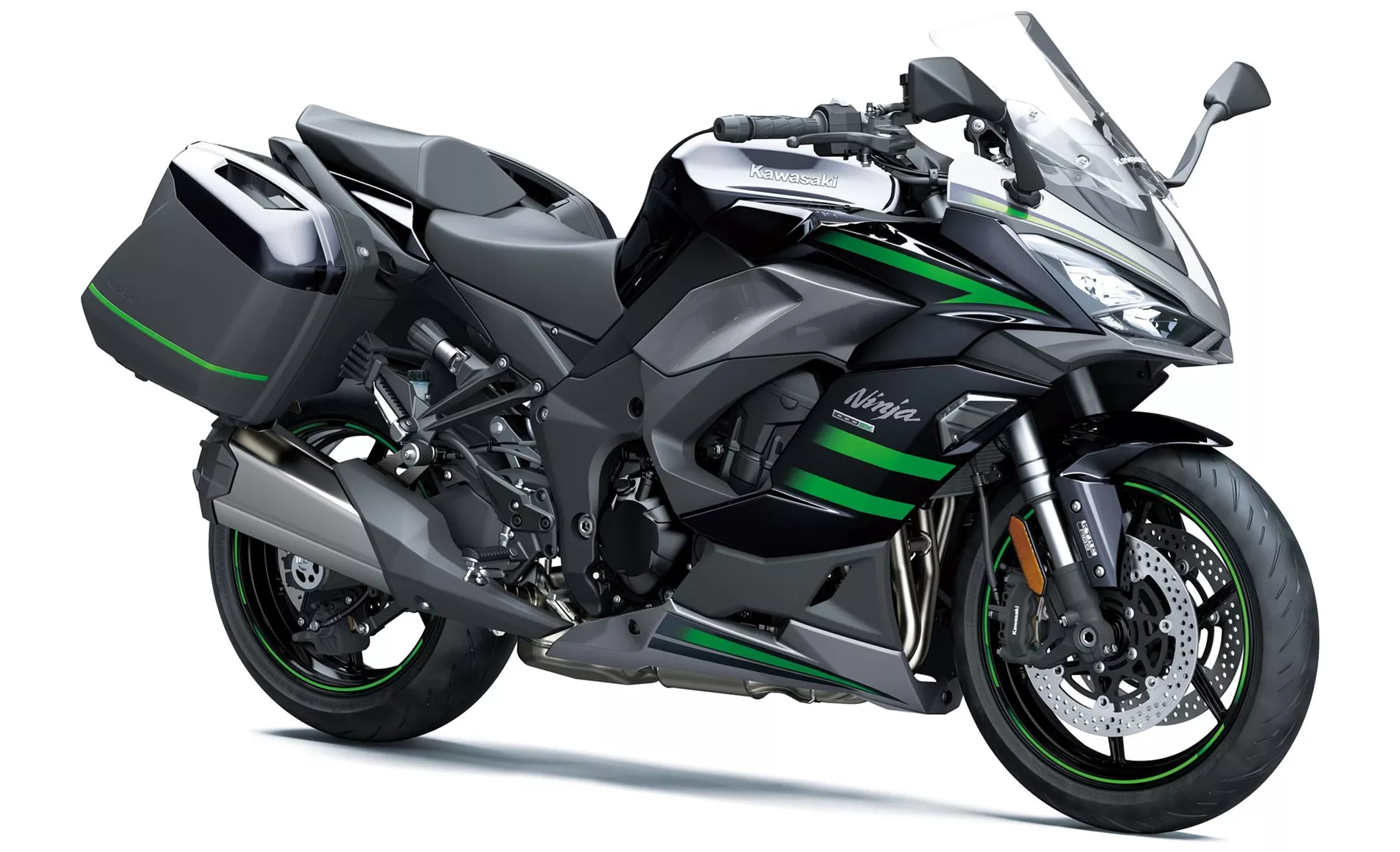
Kawasaki Ninja 1000SX 2020
In terms of weaknesses, the BMW R 1250 RS 2019 could benefit from a higher windshield, as some riders may find the current height insufficient for wind protection. Additionally, many of its features come at an extra cost, which may increase the overall price of the bike.
On the other hand, the Kawasaki Ninja 1000SX 2020 has a windshield that can be adjusted without tools, but it requires the use of both hands. This may be inconvenient for some riders who prefer a more easily adjustable windshield.
Technical Specifications BMW R 1250 RS 2019 compared to Kawasaki Ninja 1000SX 2020
Pros and Cons in comparison
Pros and Cons in comparison
BMW R 1250 RS 2019

Visually, the new BMW R 1250 RS is the only one of the five big boxers that has really undergone major changes. This is very fitting, because the new ShiftCam engine with its wonderful sovereignty from the rev range has changed the character, and the RS is now an even better tourer. It is still not a light, compact motorbike, but it offers wonderful stability and comfort, only the wind protection could be a little better. But sportiness is not neglected either, the enormously powerful boxer engine is extremely agile. As usual, the Bavarians are excellent at offering an attractive list of accessories, from which some features play a decisive role in the good performance: The ESA suspension should not be missing for frequently changing load conditions (passenger, luggage), and for the ultimate driving pleasure, the shift assistant Pro is a must.
Kawasaki Ninja 1000SX 2020
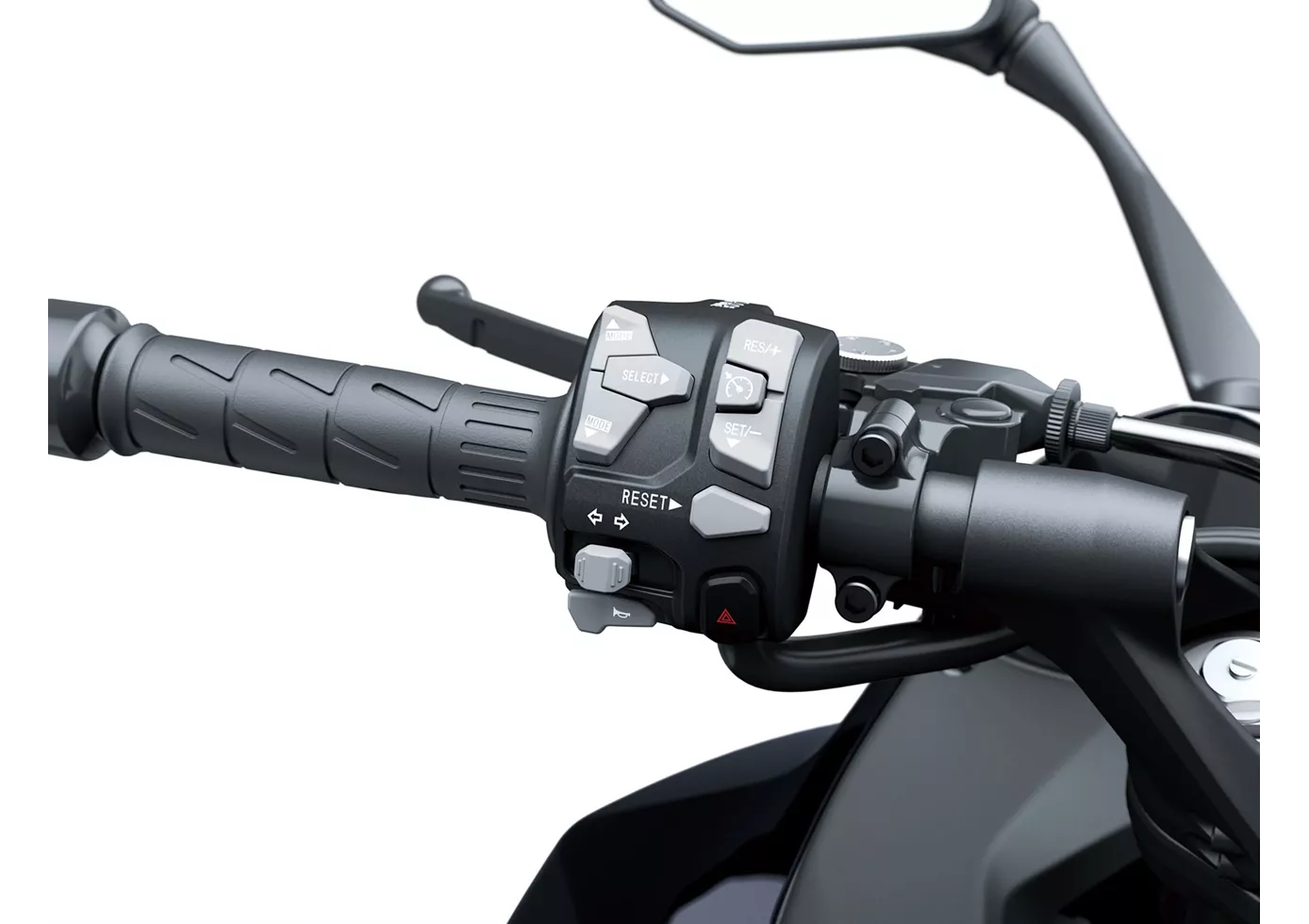
The Kawasaki Ninja 1000SX is more evolution than revolution - but what is the point of reinventing everything in a balanced sports tourer? But the new name is definitely justified, with the many new features made possible by the Ride-by-Wire system, among others, the sports tourer is absolutely up to date. Cornering ABS, modern traction control and riding modes provide safety and adjustment options to personal preferences, the shift assistant favours sport as well as touring. What's more, the price is hot (at least in Austria)!
Price Comparison Avarage Market Price BMW R 1250 RS vs Kawasaki Ninja 1000SX
There are a few key differences between a BMW R 1250 RS 2019 and a Kawasaki Ninja 1000SX 2020. In terms of price, the actual average price of a BMW R 1250 RS 2019 is about 26% higher. Compared to Kawasaki Ninja 1000SX 2020 there are less BMW R 1250 RS 2019 bikes available on the 1000PS.de Marketplace, specifically 6 compared to 10. It takes less time to sell a BMW R 1250 RS with 76 days compared to 83 days for a Kawasaki Ninja 1000SX. Since model year 2019 1000PS.de editors have written 11 reviews for the BMW R 1250 RS and 13 reviews for the Kawasaki Ninja 1000SX since model year 2020. The first review for the BMW R 1250 RS was published on 06/11/2018 and now has more than 77,400 views. This compares to more than 40,500 views for the first review on Kawasaki Ninja 1000SX published on 05/11/2019.

